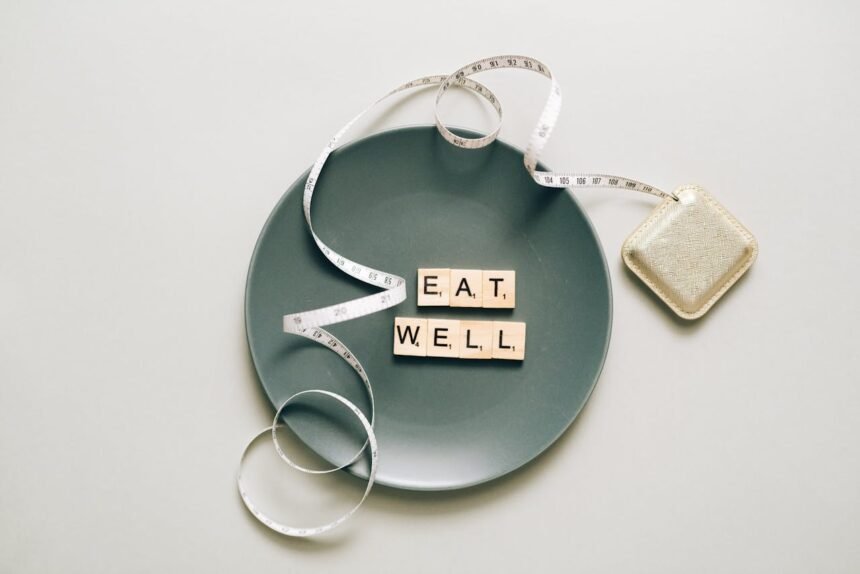Achieving and maintaining a healthy weight often hinges on mastering portion control. Rather than meticulously counting calories—a practice that can be tedious and unsustainable—focusing on portion awareness enables healthier eating habits and intuitive food choices. This guide provides practical strategies to manage portions naturally, aligned with UK nutritional guidelines.
Why Portion Control Matters
Portion sizes have increased dramatically over recent decades, contributing to rising obesity rates across the UK. Larger portions lead to unconscious overeating, as people tend to consume more when presented with bigger servings. According to the NHS (https://www.nhs.uk/live-well/eat-well/), understanding and controlling portion sizes is a cornerstone of balanced eating and weight management.
Effective portion control helps:
- Prevent excessive calorie intake without restrictive dieting.
- Encourage balanced nutrition by including appropriate servings of each food group.
- Cultivate mindful eating habits that align with hunger and fullness cues.
Visual Portion Guides
Hand Measure Method
Using your hand as a portable portion tool ensures ease and consistency:
- Palm: Protein portion (e.g., meat, fish, tofu) – approximately 70–100g per meal.
- Fist: Carbohydrate portion (e.g., rice, pasta, potatoes) – about 150g cooked.
- Cupped Hand: Vegetable or fruit portion – roughly 80g (varies by type).
- Thumb: Fat portion (e.g., oils, butter, nuts) – about 10–15g.
- Thumb Tip: ‘Treat’ foods like cheese or chocolate – around 5g.
This method accommodates individual differences in hand size, correlating well with overall body size and energy needs.
Plate Division Method
Dividing your plate visually supports balanced meals without weighing or measuring:
- Half plate: Vegetables and salads
- Quarter plate: Protein-rich foods
- Quarter plate: Starchy carbohydrates or whole grains
- Small side: Healthy fats such as avocado or a drizzle of olive oil
For snacks, use smaller plates or bowls to naturally limit portions.
UK Portion Reference Values
The British Nutrition Foundation provides portion size references for common foods:
| Food Group | Portion Size (Cooked/Raw) | Reference Source |
|---|---|---|
| Vegetables | 80g per portion | BNF guidelines |
| Fruit | 80g or medium fruit | BNF guidelines |
| Starchy Carbohydrates | 150g cooked | BNF guidelines |
| Protein (Meat/Fish) | 70g (lean meat/fish) | NHS recommendations |
| Legumes | 80–100g cooked | BNF guidelines |
| Dairy | 30g cheese / 200ml milk or yogurt | BNF guidelines |
| Healthy Fats | 10–15g (1 tbsp oil or nut butter) | NHS recommendations |
Practical Strategies
Pre-Portion Snacks
Portion snacks into small containers or bags immediately after buying. Pre-portioning nuts, dried fruits, or yoghurt prevents overeating straight from large packages.
Use Smaller Dinnerware
Smaller plates, bowls, and glasses create the illusion of fullness with less food. Research shows that people serve and consume up to 30% less when using smaller dishes.
Mindful Meal Preparation
Serve meals in the kitchen and avoid family-style serving at the table. This practice reduces temptation for second helpings by limiting visual cues of abundant food.
Slow Down and Savor
Eating slowly allows time for satiety signals to reach the brain, reducing the likelihood of overeating. Aim to put utensils down between bites and chew thoroughly.
Measure Bundled Portions
Foods like cereals, grains, and pasta often come in bulk. Use measuring cups for a few days to learn true portion sizes, then eyeball accurately once familiar with volumes.

Addressing Common Challenges
Eating Out
Restaurant portions often exceed recommended sizes. Strategies include:
- Sharing mains or ordering starters as mains.
- Requesting half portions where available.
- Boxing half the meal immediately to reduce visual temptation.
- Starting with a side salad to reduce hunger before the main course.
Social Gatherings
Buffets and parties present portion challenges. Fill your plate with vegetables first, limiting high-calorie items. Use a small plate if provided and avoid returning for multiple helpings.
Emotional Eating
Emotional triggers can lead to mindless overeating. Recognise emotional hunger versus physical hunger by pausing before eating. If eating for comfort, choose a healthy alternative like herbal tea or go for a walk.
Backlinks to Authoritative Resources
- NHS (Eat Well) – Portion size guidance
- British Nutrition Foundation – Portion references and balanced diet tips
- Diabetes UK – Practical meal planning and portion control for blood sugar management
Monitoring and Adjustment
Track portions via a simple journal noting meal components and approximate hand measures rather than exact calories. Review weekly patterns to identify areas for adjustment. Celebrate improvements in portion awareness and changes in satiety and energy levels.
Conclusion
Portion control without calorie counting empowers sustainable, healthy eating by fostering awareness and balanced meal composition. Adopting visual methods, using smaller dinnerware, and planning ahead transforms eating habits without restrictive dieting. By leveraging practical tools and authoritative UK guidelines, you can manage portions intuitively, supporting long-term health and wellbeing.






